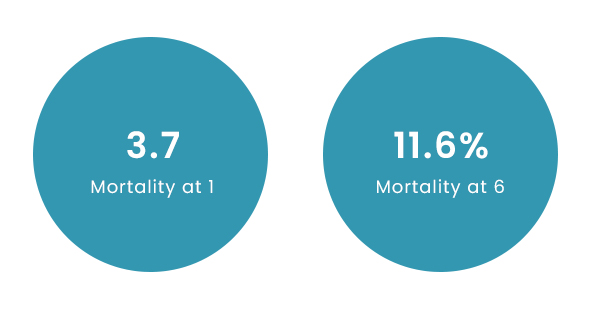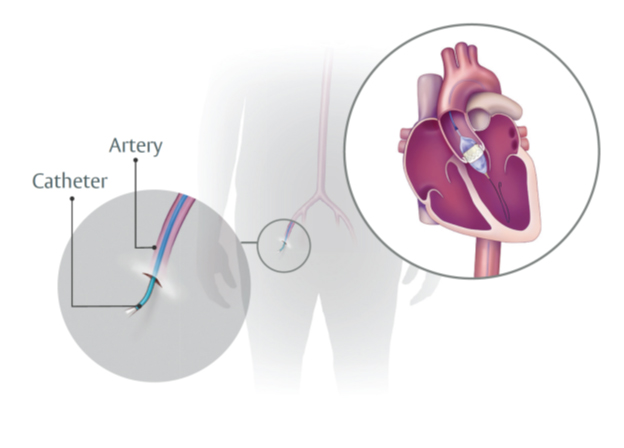Apollo CVHF Heart Institute is emerging as center of excellence for structural interventional procedures for Valvular diseases.
Our center is becoming choice for Transcatheter Aortic Valve Replacement (TAVR) also known as Transcatheter Aortic Valve Implantation (TAVI) in Ahmadabad, Gujarat.
Recently expert super specialist team of Interventional cardiologists at Apollo CVHF Heart Institute, Ahmedabad performed Mitral Valve repair- Percutaneous Mitral Valve Repair (PMVR) procedure on a 92 year old patient , first ever of its kind, in the state of Gujarat.








